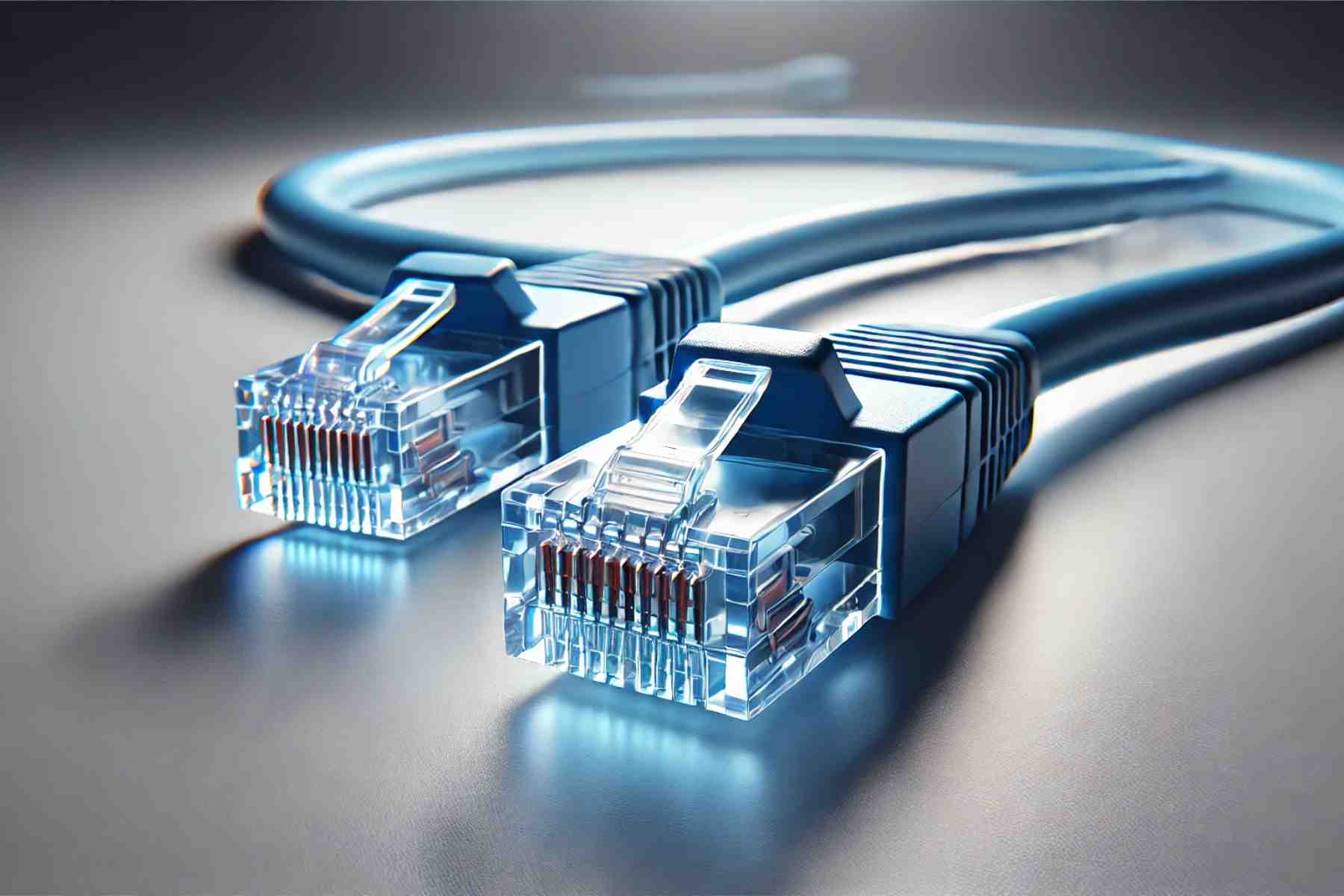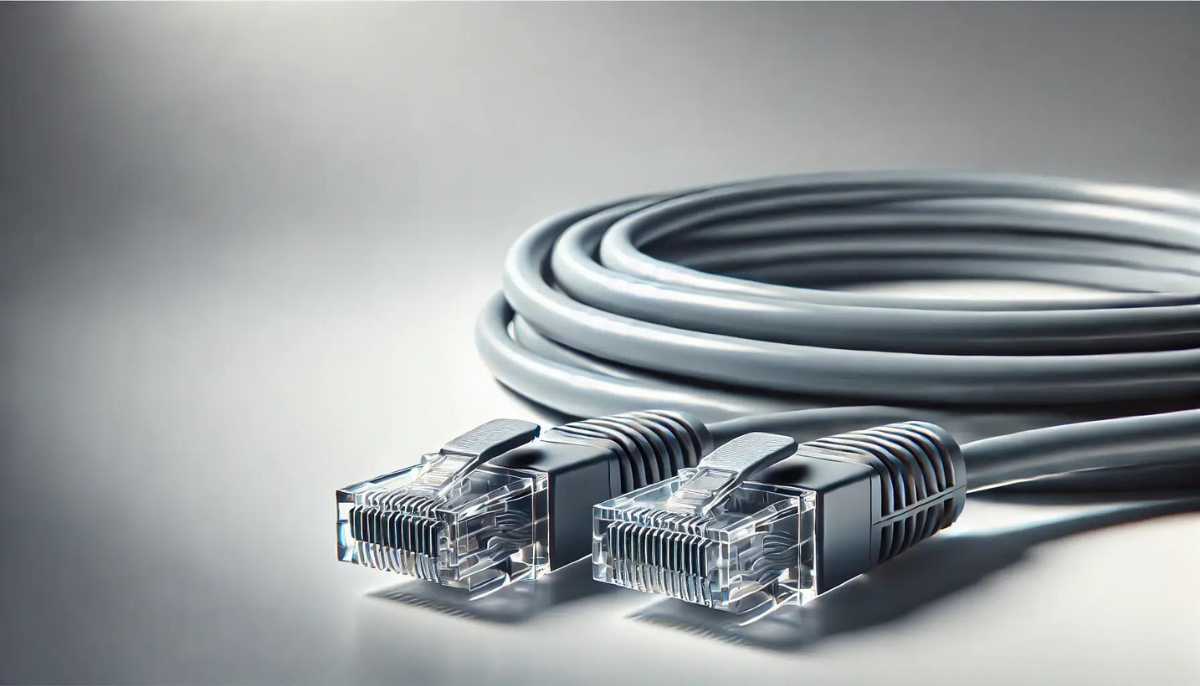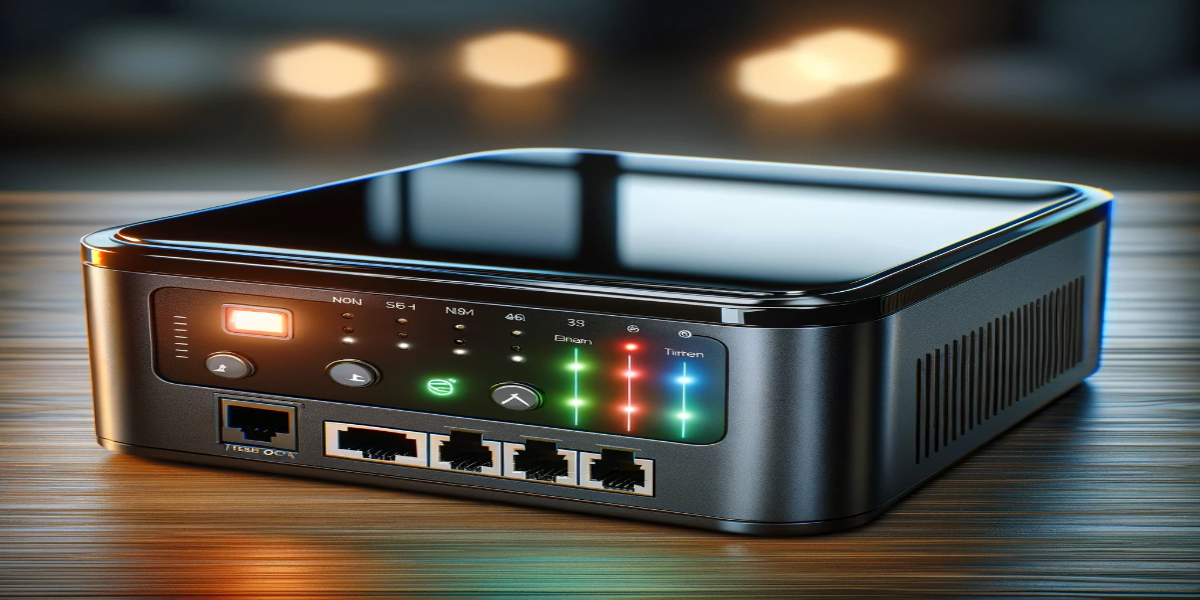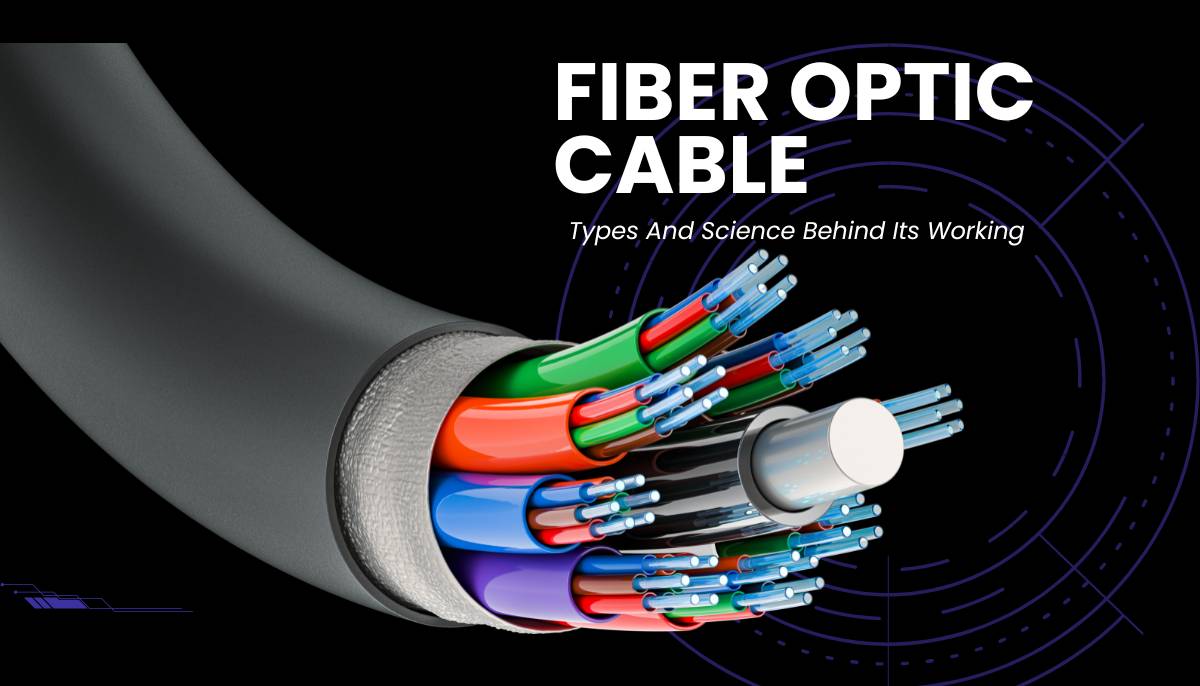What Is a LAN Cable: A Comprehensive Guide
Table of content
Introduction:
LAN also stands for Local Area Network. LAN Cable is an essential component in the networking era. A LAN cable is a networking accessory used almost everywhere, from homes to enterprises. It is primarily seen in offices to establish seamless WIFI connections and to share authentic data and information through the ethernet port connection. It connects the Local Area Network (LAN) by facilitating effective communication among the networks. It is a fast and efficient connection. Its effective connection makes it the backbone of the Network Administrators. Furthermore, we will provide you with a clearer picture of this LAN and why these play an essential role in Networking.
What Is a LAN Cable:

A LAN Cable is the most crucial component when creating a Local Area Network; it can connect numerous devices in one area through its Network connector. This network cable communicates to several devices like computers, routers and switches. Looking back to its Historical background, LAN was created in 1970 by a Xerox Company. It was highly used in laboratories and Universities at that time. Currently, LAN Cable connects devices closer to the area to provide seamless and undisturbed connections to homes, offices, universities, and labs. In short, it offers fast speed and reliable data compared to our regular WIFI data.
Different Categories of LAN Cable:
There are plenty of categories of LAN Cable and each of them vary in their performance and speed. They are as follows:
| Cable Type | Speed | Maximum Length | Notes |
| Cat5 | Up to 100 Mbps | 100 meters | Basic networking, but infrequent now |
| Cat5e | Up to 1 Gbps | 100 meters | Increased version of Cat5; Popular |
| Cat6 | Up to 10 Gbps | 55 meters | Good for High-speed connection |
| Cat6a | Up to 10 Gbps | 100 meters | Support higher frequency |
| Cat7 | Up to 10 Gbps | 100 meters | Better interface shielding. |
The categories differ depending on the need. For most in-home setups, Cat5e or Cat6 is the right option. If faster speeds and better shielding are required, Cat6a and Cat7 would be the best options.
LAN Cable vs Ethernet Cable: End to end Comparison:
LAN Cable vs Ethernet Cable might be commutable but they differ from one another by their meanings and a lot of things with one another.
Key Differences:
| Feature | LAN Cable | Ethernet Cable |
| Definition | General phrase for Network Cables | General types of LAN Cable |
| Protocols | Plenty of protocols can be used | Ethernet standards can be followed |
| Examples | Fiber optic, Coaxial, Ethernet Cable | Cat5, Cat6 and Cat7 Cables |
In other words, a LAN can be connected to a router and plenty of other devices. If those devices can communicate via Ethernet Protocol, then those are Ethernet cables.
What are the types of LAN Cable?

LAN Cable is distinguished into different types based on their specifications and performance:
Twisted Pair Cable: Twisted Pair Cable is used widely. It has pairs of wires twisted together to decrease interference. These are mostly seen in telephone cabling in homes, offices, and other places. As twisted pair cable is the common LAN type, it is used in plenty of Ethernet applications.
Fiber Optic Cable: Fiber optic cable is one of the most sensitive cables as it is made of thin glass or plastic covered in a layer of insulation. Due to the high speed of data transfer to longer distances, it uses light to transmit faster. It is quite rare in a typical LAN setup but can be seen in the backend connections. It is mostly required in offices and data centers.
Coaxial Cable: Coaxial cable can connect devices to the internet service or a different cable for the internet. They comprise a single copper wire surrounded by insulation and covered with a metal shield. Televisions and High-speed Internet connections are the prime examples of this cable.
What is the Different Usage of LAN Cable?
As been highlighted above LAN cables can be seen in most of the places for its fast reliable connectivity with numerous devices also in other places too.
Home Networks: They play a really important role in connectivity with various devices like computers, gaming consoles, smart TVs and routers. It gives the lower latency and fast data speed. Which can be testing for various activities like streaming and gaming.
Office and Enterprise use: LAN cables are essential for establishing flawless network. They connect different workstations, printers, servers and other different devices. With the guarantee of fast and clear communication through the network.
Gaming and Streaming: LAN cables mostly used for the lower latency and fast internet connections for Gaming and Streaming with an equal-to-zero packet loss.
Benefits of LAN Cable:
LAN Cable has the various benefits over the traditional WIFI:
Fast Performance: LAN Cable can give a quick download and upload. Through this cable, speed up to 1Gbps can be achieved or even more if required compared to our traditional WIFI systems, which slow down as the number of users increases.
Secure Network: Cable LAN guarantees better security. Unauthorized access to the network would be denied immediately since physical cable access would be required.
Reliability: LAN Cable connectors are way more reliable than regular Wi-Fi. With LAN, the worry of dropping signals is over as its signals are fluent and not prone to interference in the network.
Cost-effective: This cable can be used in the long run as it won’t upset the customers who have been using it. It can save a big amount of money on maintenance compared to regular WIFI routers, and there would be zero connection issues.
Lower Latency: Lower latency is a requirement for every streamer and Gamer. LAN Cables solve this problem by providing seamless connectivity during different network activities.
How to choose the right LAN Cable:
While the selection is essential to use the LAN with the faster range and performance, there are a few things that you need to consider before choosing it.
Check the speed of the network in space: If your internet has data of 1Gbps, then the old LAN could be in danger. If the internet connection gives a speed of 10 to 20 megabits per second, the Cat5 cable, or maybe the new model, would be the ideal option.
Organize the preferable transfer Speed: The longer LANs have a slower speed transfer than the short ones. The 100-meter one is mostly used in professional work environments.
Choose faster-speed LAN Cables: In today’s era of technology, routers focus on being faster and with more capability. This is why the LAN is important, as it is focused on providing faster networks, which guarantees faster network connectivity.
Looking For Cables That Meet All Your Needs?
At Buyrouterswitch, we deal in all networking accessories, best-brand routers, switches, and wireless devices. Our priorities include fast shipping and 24/7 technical support. Not only this, we offer considerable discounts, a 30-day return policy, and more. So, waiting for what? Fill out the form and check out our top products.
Conclusion:
LAN Cable has changed our lives in many different ways. It allows numerous devices to carry out seamless conversations. LAN cable comes in different types according to one’s requirements, which one to choose according to one’s needs in any environment. LAN cable is the answer for all needs, whether it’s computer, audio, streaming, or anything else. Moreover, in this guide, we discussed the types and categories of LAN cables, their usage, and their benefits to clear up every query.
Frequently Asked Questions:
Which is the best LAN Cable?
A Cat8 cable is the fastest type of LAN cable the one can get, while the Cat5 is the slowest LAN cable.
What is the meaning of LAN Cable?
A LAN Cable or Local Area Network can connect other devices like routers, modems, switches and other devices.
Is LAN Cable faster than WIFI?
There are number of variables that determine the actual speed of WIFI connection and Ethernet connection, as it is always faster than WIFI.




 Catalog
Catalog





















































































































 (800) 870-9487
(800) 870-9487